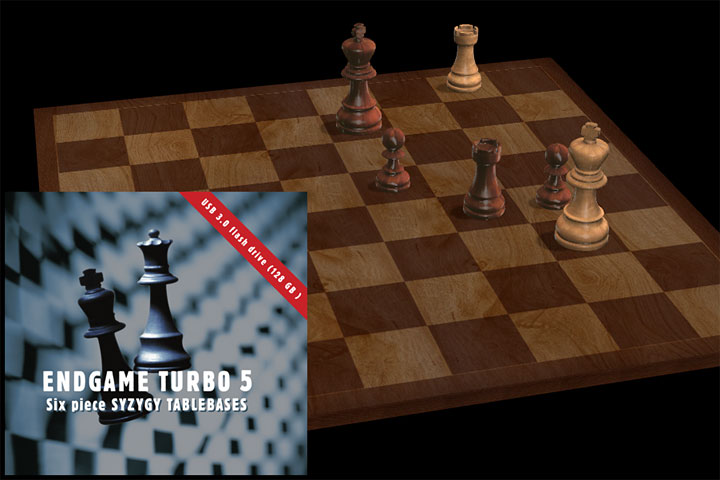

Consequently, the game of chess is more-or-less solved for such miniature positions! Here are some online resources for accessing these marvels of modern technology: (1) Nalimov EGTB – 6 pieces maximum (free) (2) Lomonosov Tablebases – 7 pieces maximum (annual subscription fee required, but free for fewer pieces) (3) Android app for Lomonosov – 7 pieces maximum (free and highly recommended). A milestone was reached in 2012 when a Russian team used a supercomputer to generate the Lomonosov tablebases, which cover all possible endgames with seven units or fewer (barring the trivial cases of six pieces vs king). K+Q vs K+R, but as computer performances improved, we saw the creation of general tablebases that could handle any combination of pieces up to a certain total number of units. What this means is that for any tablebase position, we know its complete “truth” and how perfect play would proceed.Įarly tablebases could only deal with settings of specific materials, e.g. Moreover, in these positions the result of every possible move has been determined precisely, and thus each winning or losing move is provided with a “depth-to-mate” number, i.e. Tablebases are essentially databases of endgame positions that have been exhaustively analysed so that their outcomes (win/loss/draw) with best play by both sides are known with certainty. Another major advance in computer chess has been the development of endgame tablebases, which in some ways are even more amazing than super-strong engines. 2018) I looked at the engine Stockfish from a problemist’s perspective. The legend for the table is below.In an earlier Walkabout column ( 12 Mar.

K for king and queen vs lonely king-some theoretical statistics obtained by the computational results by Nalimov. More of these kinds of surprises can be found in the table below which shows for each configuration-always abbreviated in standard notation like KQ vs. In 1978 there was a competition between Grandmaster Walter Browne and the chess computer BELLE using a table base for this endgame, and Browne gave up after 45 moves realizing that he would violate the 50 moves rule-although he could have won with perfect play after 31 moves. king and rook was always considered as resulting in a win for the king and queen side-again except for some obvious bad positions-it turned out that with optimal defense it is unbelievably hard to win. For example, whereas the endgame king and queen vs. The computational endgame analysis revealed some surprises. Eugene Nalimov has created a famous database of chess endgames with up to five pieces, and it is his data that we will present here in a condensed form. Richard Bellman, Thomas Ströhlein, and Ken Thompson are the fathers of computational endgames analysis (see also the Wikipedia article on endgame tablebases). But even for this small number of pieces the computations are very elaborate and intelligent algorithms are necessary to make them possible. The emergence of computers allowed to give a definite answer to this question for all configurations with up to five pieces- simply by brute force computation of the whole tree of possible moves. But there are configurations for which it is very hard to decide who will win with optimal play. the lonely king-for which there exist easy strategies resulting almost always in a win-except for some obvious drawing positions.

There are configurations-like a king and a rook vs. But all configurations just consisting of five pieces in total can safely be considered as endgames and this is what we will take a look at here. There is, however, not a well-defined line distinguishing the endgame from its predecessor, the middle game. A chess endgame is the stage of a chess game when there are only a few pieces left on the board.


 0 kommentar(er)
0 kommentar(er)
